 When chaos rages and society seems to be falling apart all around us (a typical feeling a few days before a Presidential election), it’s good to count our blessings. Our families, our work, our relationships, and our country are all gifts to us in one way or another.
When chaos rages and society seems to be falling apart all around us (a typical feeling a few days before a Presidential election), it’s good to count our blessings. Our families, our work, our relationships, and our country are all gifts to us in one way or another.
But so is the very world we live in—or more specifically, the planet we live on.
Planet earth is like a celestial marble floating in the universe in a precise place and set of circumstances that some consider miraculous. I am one of those, but I think it’s kind of a “natural miracle” if we can speak of such a thing.
While giving due credit to the divine Creator who is the ultimate source of all that exists, I believe the way that earth came about, or the fact that life exists on earth at all, is not specifically a matter of faith. It is a matter of science.
Rare Earth Theory
The explanation for it has been termed the “Rare Earth” theory in a book of the same name published in the year 2000 by Peter Ward and Donald Brownlee, both 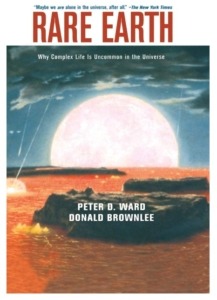 professors at the University of Washington. A paleontologist and astronomer respectively, their research is full of scientific language, but their conclusions are remarkably clear-sighted.
professors at the University of Washington. A paleontologist and astronomer respectively, their research is full of scientific language, but their conclusions are remarkably clear-sighted.
In their view, the existence of complex life on earth “requires the coincidence of a large number of fortuitous circumstances” that make life possible. In other words, life exists on earth despite a universal lottery system that has been rigged against its survival. The probability that humans would show up on earth at all is infinitesimally small. So, the earth is “rare” and life on earth is even rarer.
What follows is my attempt to boil down their academic observations and add some other insights I came across along the way.
Life Exists on Earth Because of…
Earth’s Place in the Galaxy
Ward and Brownlee call it a “galactic habitability zone” which simply means that our sun’s specific location in the Milky Way puts earth out of reach of exploding supernovas and their massive radiation bursts. This placement also assures that the sun and the planets of our solar system won’t be sucked into black holes or be pulled into imploding stars. Wow. I call that social distancing on a cosmic scale!

Gigantic Protectors
For years now, the incredible Hubble (1990) and Webb (2021) telescopes have been sending back pictures of the universe that are utterly amazing. (I have to say they leave me completely star struck.) The average person can see in detail for the first time the immense beauty of the universe, not the least of which are the planets in our solar system that previously could only be viewed in observatories and planetariums. (Image: Jupiter)
What we probably don’t appreciate is that, in addition to being ravishingly beautiful, certain gaseous giants of our galaxy (namely, Saturn and Jupiter) protect the earth from space debris that would come hurtling into our atmosphere and annihilate a tiny planet like earth were it not for their gravitational forces that vacuum all the random cosmic junk out of space before they reach us. Incredible, right?
(I’m told these titans fell down on the job a couple million years ago, and the dinosaurs weren’t too happy about it.)
SATURN
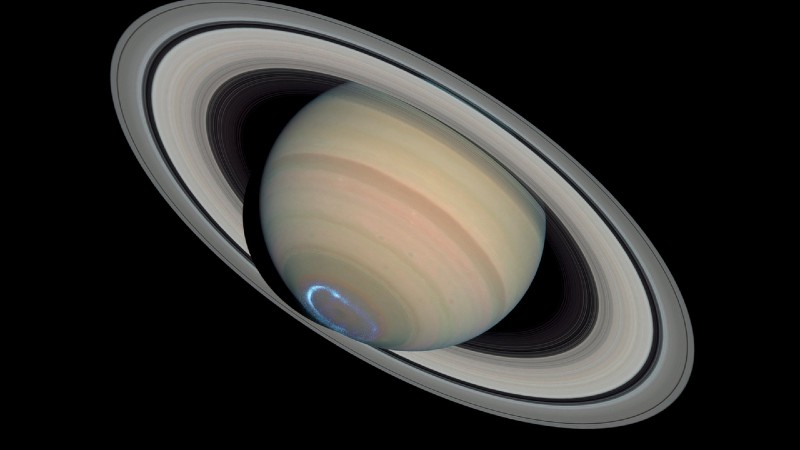
JUPITER
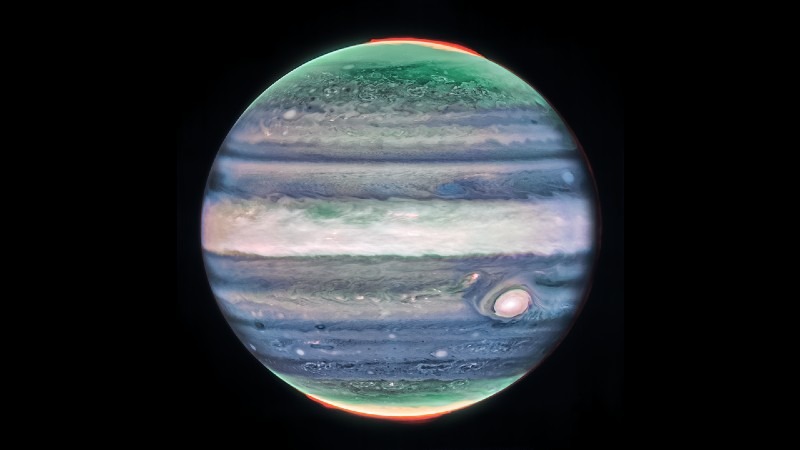
Our Amazing Sun
The heat/cold temperature range of the earth is not a random thing either. It’s a function of precise distance. Earth sits 93 million miles away from the sun, which is a pretty huge distance, so you wouldn’t think that a fraction of that distance one way or another would make any real difference. Or to paraphrase an old politician, “A million miles here, a million miles there, pretty soon we’re talking real space.”
But, in fact, it does make a difference! If the earth were a million miles closer to the sun, the planet would literally be scorched to a crisp and all life would be extinguished (think of Mercury and Venus where that is actually the case). If it were a million miles farther away, earth would be so cold as to be uninhabitable by any life whatsoever (think Pluto, etc.)
So, it seems the earth is in the galactic sweet spot that makes it possible for life to develop. How lucky are we? Again, wow.
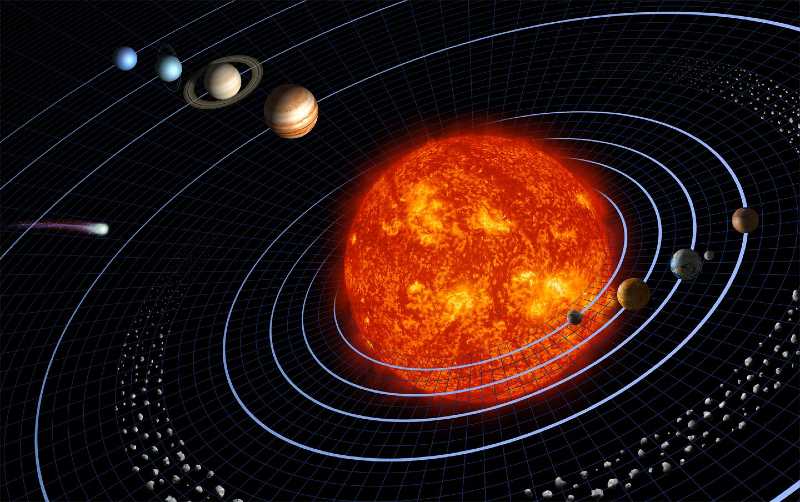
Orbit and Tilt
Speaking of the sun, the earth’s stable orbit around our parent star makes it possible for water to congregate on the earth’s surface and not boil or freeze over permanently due to wild temperature fluctuations.
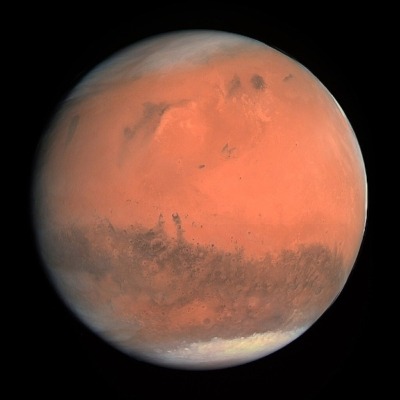 The same holds true for the 23.4-degree tilt of the earth’s axis. It’s not standing straight up facing the sun. It’s tilted, and our single large moon helps keep it in place. Like a gyroscope, the moon stabilizes the tilt of the earth by revolving around it so that our globe doesn’t turn into a wobbly child’s top spinning out of control.
The same holds true for the 23.4-degree tilt of the earth’s axis. It’s not standing straight up facing the sun. It’s tilted, and our single large moon helps keep it in place. Like a gyroscope, the moon stabilizes the tilt of the earth by revolving around it so that our globe doesn’t turn into a wobbly child’s top spinning out of control.
If the Earth were upright relative to the sun, a vast central band of the sphere’s surface would be constantly exposed to the sun which, again, would make the Earth’s surface uninhabitable. Mars has a .03-degree tilt and look how well that worked out for the Martians.
Likewise, without a tilt, the outer poles would be even colder than they are now, which would really give Al Gore something to complain about. But a tilted planet on its yearly orbit around the sun assures that different parts of the earth will be heated at different times of the year, a phenomenon we call the change of seasons.
Oxygen Percentage
Oxygen makes up 21% of the earth’s atmosphere. If it were even a few percentage points less than that, all breathing creatures would suffocate! (In actual fact, they would never have developed at all.) A few percentage points higher, and all material on earth would spontaneously combust! Fires would ravage the face of the Earth. And finally,
A Molten Core
You may have never thought about it (I certainly didn’t) but the earth’s magnetic field helps prevent all those harmful gamma rays emitted by the sun from turning 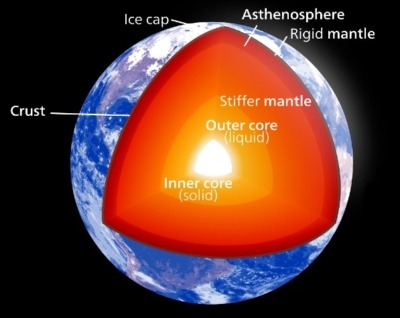 the entire earthly biosphere into a huge cancer ward. They are filtered out by the magnetic field, which is created by the molten core of the earth.
the entire earthly biosphere into a huge cancer ward. They are filtered out by the magnetic field, which is created by the molten core of the earth.
Earth’s molten core also has another effect, which has contributed remarkably to the development of life. Since the beginning of the 20th century, we have known of the theory of plate tectonics. The reality of a world built on movable land-plates allowed the world to “build up land masses, create diverse ecosystems, cycle carbon into and out of the atmosphere, prevent a runaway greenhouse effect, and help stabilize the surface temperature worldwide.” (source)
Fascinating Physics Facts
Finally, a few points of physics. In the 1970s, the movie Star Wars coined the phrase, “The Force Be With You,” which is literally true of our earth. Some amazing forces (of nature) are really with her. Consider two forces among many that have direct bearing on our survival as earth-dwellers:
 Weak gravity: Gravity is precisely measured too. If earth’s gravity were stronger, we’d be pulled to the ground and crushed, which means that nothing larger than an insect would ever have developed on the earth’s surface at all. Needless to say, if gravity were weaker, we’d all be airborne real quick!
Weak gravity: Gravity is precisely measured too. If earth’s gravity were stronger, we’d be pulled to the ground and crushed, which means that nothing larger than an insect would ever have developed on the earth’s surface at all. Needless to say, if gravity were weaker, we’d all be airborne real quick!- Strong nuclear force: This force keeps protons (which form the nuclei of atoms) from breaking apart. It also holds other nuclear particles in their orbit. Yet it is not too strong either. For example, it is just the right strength to keep two atoms of hydrogen and one atom of oxygen orbiting around the nucleus of the molecule in a coordinated particle dance. Any stronger or weaker nuclear force would repel one or the other and eliminate the possibility of water on earth. Kind of fundamental, don’t you think?
Brother Sun, Sister Moon
When all is said and done, it looks like there might actually be some reason why we’re here and why the earth hasn’t been destroyed by every hostile force in the universe conspiring against it. The whole universe appears so fine-tuned in its make-up and structure that it is hard to imagine it wasn’t designed by a creative and 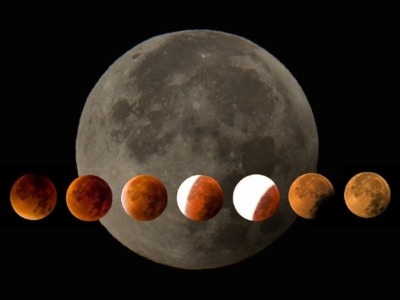 mathematical Mind of some sort. We know Who that is, of course, but it’s nice to see science finally catching up.
mathematical Mind of some sort. We know Who that is, of course, but it’s nice to see science finally catching up.
St. Francis of Assisi called the sun a brother and the moon a sister. What an insight. It’s not that these spheres are living beings—science tells us that one is just a rock and the other is a huge ball of burning hydrogen.
But Francis perceived that they are part of a magnificent world that is alive with a providential love of a Creator who made it all for us and a Redeemer who embraces it as His own. Their Holy Spirit washes over our world and “renews the face of the earth” (Ps 104:30) more faithfully than the laws of physics.
If our world, our solar system, our galaxy, and our universe are not sacred windows into the divine, I can’t fathom what would be.
—–
(Additional Sources: Pastor Tom Logan, Spirit, Soul, And Body: What Happens to Each When We Die? 2024; “Rare Earth”; Trent Horn, Answering Atheism)
Photo Credits: Feature via Wikimedia (CactiStaccingCrane); Earth (NASA/Apollo 17 crew); Solar System Distances (CactiStaccingCrane); Earth’s Core (Kelvinsong); Solar System (Harman Smith and Laura Generosa); Saturn and Jupiter (NASA / STScI); Mars (ESA & MPS for OSIRIS Team MPS); Weightlessness (Zero Gravity Corporation); Lunar Eclipse (Böhringer Friedrich).
[Note: This article is a reproduction of the Sacred Windows Email Newsletter of 11/03/24. Please visit our Newsletter Archives.]
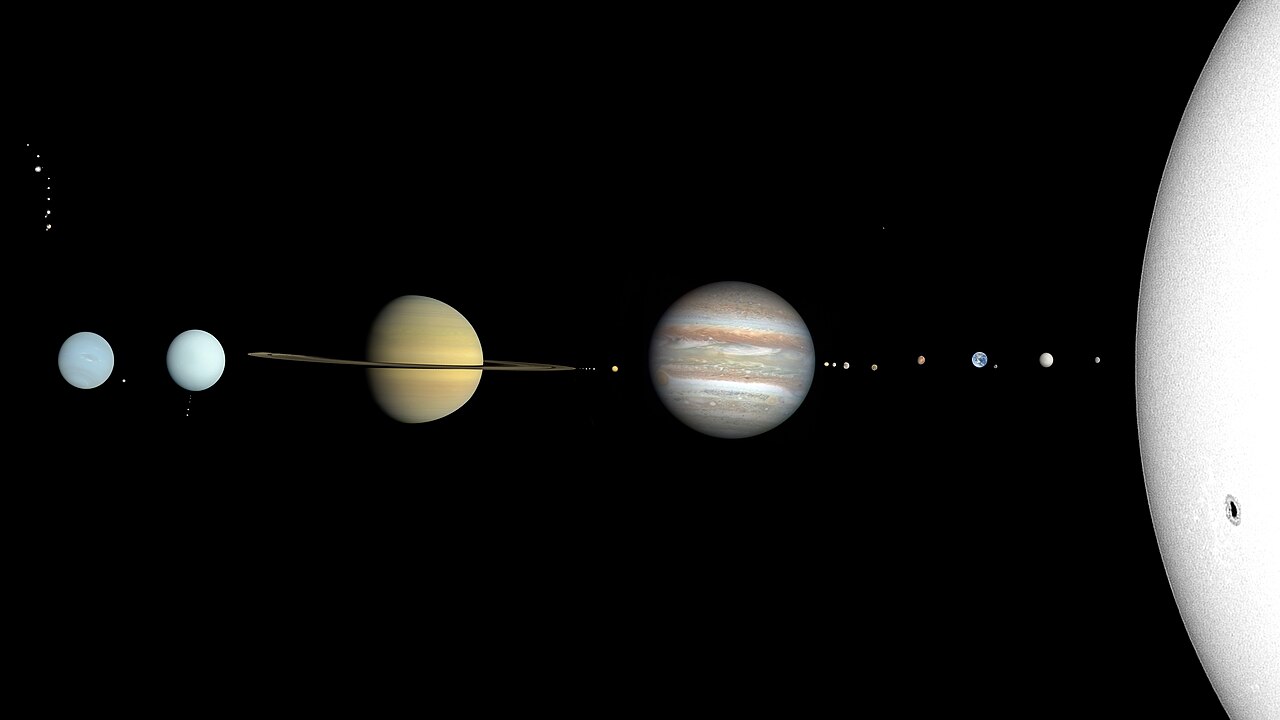



Leave A Comment